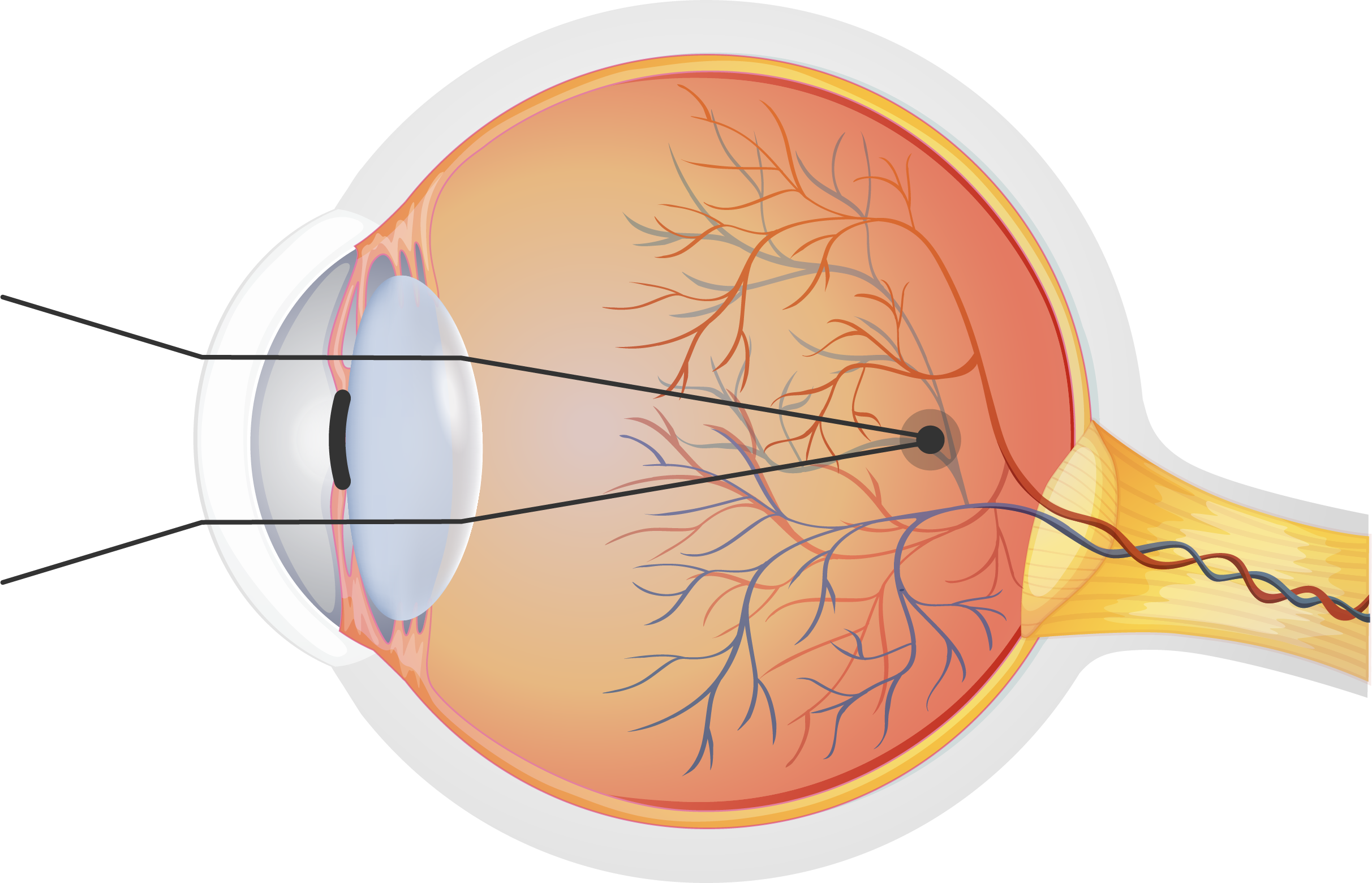Ophthalmological diseases
Here you can discover the most important eye diseases and we will help you to recognise their symptoms and tell you how each condition is treated.
Myopia
What is myopia?
Myopia is a defect of the eye’s visual focus. Due to excessive lengthening of the eye globe or excessive curvature of the cornea, the eye is unable to refract light correctly and therefore unable to focus properly. In myopic eyes, instead of being focused on the retina, images are focused in front of it, making distance vision difficult and making distant objects appear blurred.
Myopia is hereditary and its initial symptoms usually appear between 8 and 12 years of age, progressing up to the age of 20, at which point they tend to stabilise. Working too much with books, documents and screens can also increase the chances of developing myopia. In some cases, the refractive error can be more than six dioptres (high myopia or myopia magna), which involves risks and potentially serious visual complications.

Healthy eye

Myopia
Symptoms
The main sign indicating the presence of myopia is difficulty seeing distant objects clearly, while close objects can be seen properly. Other common symptoms include:
- Squinting and straining the eyes often
- Tired eyes
- Headache
- Difficulty seeing what it says on the blackboard
- Holding books very close to read
- Sitting very close to the television
Because onset tends to be during school age with progression during the growing years, it is important to notice these symptoms in children and for them to have frequent eye examinations in case it is necessary to change glasses or contact lenses.
Treatment
Myopia can be corrected by wearing glasses or contact lenses. For patients who do not wish to use them, there are surgical options such as laser refractive surgery on the superficial or innermost layers of the cornea (Lasik) and corneal ring implants. In conditions of high myopia or where there are medical contraindications to laser refractive surgery, these operations are not normally recommended and the most popular solution is phakic intraocular lens implantation (between the cornea and the crystalline lens). Surgery is not generally recommended before myopia becomes stable and will only be performed in exceptional cases.
In all cases, the success of surgery largely depends on a good diagnosis made by a specialised doctor. This ensures that the most appropriate type of surgery can be performed, taking into account the particular characteristics of each case.

